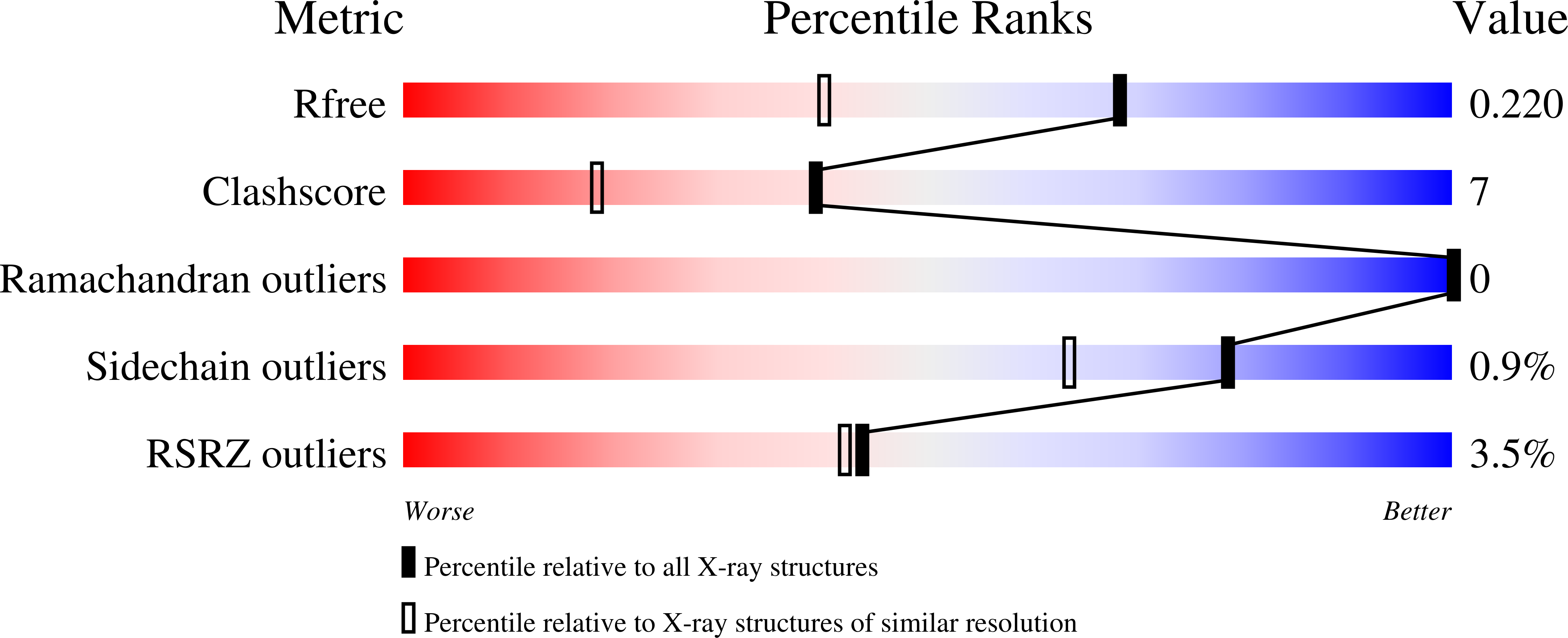
Deposition Date
2004-06-01
Release Date
2005-01-25
Last Version Date
2023-08-23
Entry Detail
PDB ID:
1TH9
Keywords:
Title:
Effect of Shuttle Location and pH Environment on H+ Transfer in Human Carbonic Anhydrase II
Biological Source:
Source Organism:
Homo sapiens (Taxon ID: 9606)
Host Organism:
Method Details:
Experimental Method:
Resolution:
1.63 Å
R-Value Free:
0.21
R-Value Work:
0.17
Space Group:
P 1 21 1


